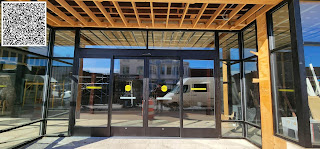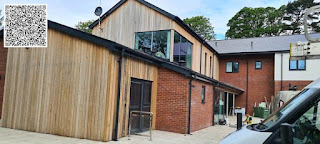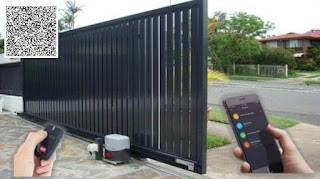Can weather affect garage door performance

Your garage door serves as a crucial entry point to your home and protects your belongings. However, it's often exposed to the elements, making it susceptible to weather-related wear and tear. 1. Temperature Extremes: Cold Weather: In freezing temperatures, metal components of the garage door may contract, causing issues with the door's movement. Lubricants can also thicken, making the door operate slower or even get stuck. Hot Weather: Extreme heat can lead to the expansion of metal parts, potentially causing misalignment or warping. It can also affect the sensors and motor of automatic garage door openers. 2. Moisture and Rain: Rain and humidity can cause rust and corrosion on metal components, compromising the door's structural integrity. Excessive moisture can also affect wooden garage doors, leading to swelling, warping, or rotting. 3. Wind and Storms: High winds during storms can put immense pressure on the garage door, causing it to shake or bend. Poorly maintained d...





